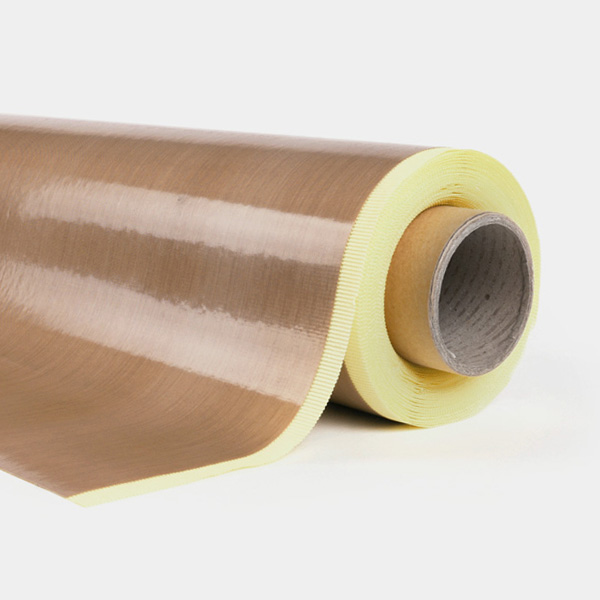P.T.F.E.
POLYTETRAFLUOROETHYLENE
Polytetrafluoroethylene (abbreviated to P.T.F.E.) is a high -known molecular weight fluoropolympus with the Teflon® commercial brand belonging to the du Pont, which invented it by chance in 1938. The PTFE can be transformed by extrusion or by printing. In addition to the pure ptfe (called virgin), the compound can be modified with the addition of different fillers that change its characteristics; We will therefore have the Fiberglass Filled, Bronze Filled and Carbographite Filled.
Features
The PTFE is unique material with exceptional characteristics: it has a high resistance to high and low temperatures (from -180 ° C to + 260 ° C continuously), has a high resistance to chemical agents and solvents, with high anti -adhesiveness ( If not treated, he refuses any type of glue). It has a high smoothness (low friction coefficient) which effectively make it a self-lubricating material, but on the other hand it has low mechanical resistance. It has excellent Dielectric insulating characteristics. It is non -toxic and therefore suitable for food use.
GLASS FIBER: The glass filler improves the wear characteristics and partly that of deformation under permanent load; but it slightly increases the coefficient of friction and the glass has poor resistance to alkali.
CARBO GRAPHITE: Charcoal filler is combined with small percentages of graphite. Coal significantly improves wear and deformation characteristics under permanent load; it also increases the thermal conductivity and improves the electrical characteristics, leaving the chemical resistance characteristics almost unchanged.
BRONZE: (known by the Turcite® brand) The bronze filler greatly increases the resistance to wear and deformation under permanent load; it also gives good thermal and electrical conductivity, but the resistance to chemical agents (acids in particular) worsens a lot.
Processing
Being a soft, self-lubricating and heat-resistant material, it is very easy to work with machine tools (cutting with circular saw, turning, drilling, milling with cdc). Care must be taken in some processes (heating in industrial ovens, use of resistances) because above 400 ° C it emits highly toxic and odorless gases.
Applications
Thanks to its unique mix of features, the PTFE has had growing success in the most different industrial applications. It is used in chemical and petrochemical industry to create gaskets, bushings, sealing rings. In the medical and food sector; in electronics to create electrical and thermal insulators and insulators, joints and shock absorbers.
Products Range


OTHER PRODUCTS
Teflon coated glass fiber fabric
Tape Rolls for threads
PTFE thread sealing tape
SHEETS AND TAPES
Pressed sheets and peeled plates
Peeled tapes
Virgin, Filled and Etched


